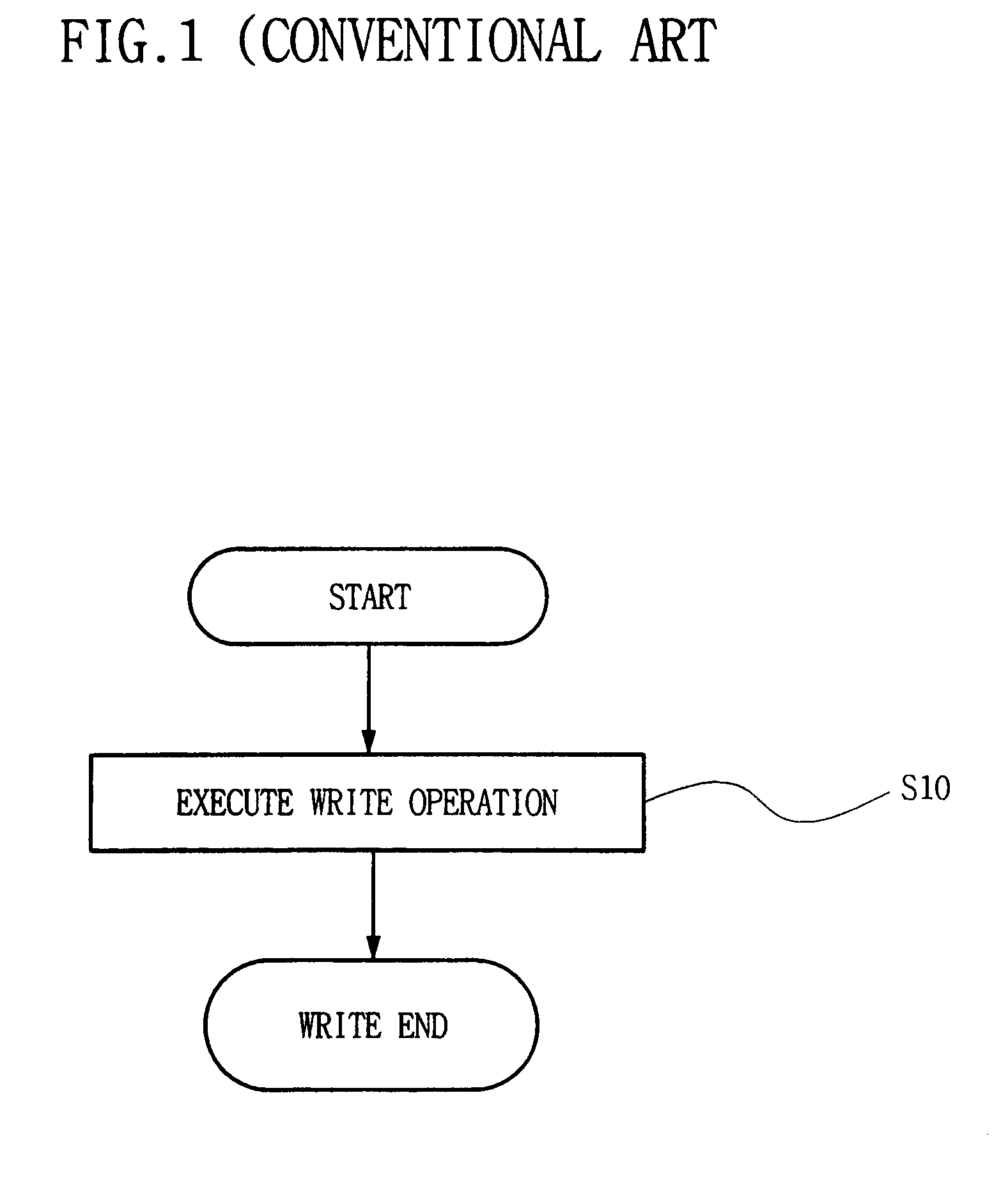Semiconductor memory device and method for reducing cell activation during write operations
a memory device and memory technology, applied in the field of memory devices for reducing cell activation during write operations, can solve the problems of increasing the current demand for activation and the advantages of conventional art b>2/b> are relatively modes
- Summary
- Abstract
- Description
- Claims
- Application Information
AI Technical Summary
Benefits of technology
Problems solved by technology
Method used
Image
Examples
Embodiment Construction
[0024]Embodiments of the present invention now will be described more fully hereinafter with reference to FIGS. 3A to 8, in which embodiments of the invention are shown. This invention may, however, be embodied in many different forms and should not be construed as limited to the embodiments set forth herein. Rather these embodiments are provided so that this disclosure will be thorough and complete, and will fully convey the scope of the invention to those skilled in the art.
[0025]FIG. 3A is a flowchart for a write operation according to an embodiment of the invention. The process begins by pre-reading N-bit cell data and a status bit from memory in step S30. In conditional step S32, the process determines whether the status bit is high. A high status bit indicates that the stored data bits are inverted. Where the status bit is determined to be high, the process advances to step S34 to invert the pre-read cell data, and then to step S36 where the read data is set equal to the inver...
PUM
 Login to View More
Login to View More Abstract
Description
Claims
Application Information
 Login to View More
Login to View More - R&D
- Intellectual Property
- Life Sciences
- Materials
- Tech Scout
- Unparalleled Data Quality
- Higher Quality Content
- 60% Fewer Hallucinations
Browse by: Latest US Patents, China's latest patents, Technical Efficacy Thesaurus, Application Domain, Technology Topic, Popular Technical Reports.
© 2025 PatSnap. All rights reserved.Legal|Privacy policy|Modern Slavery Act Transparency Statement|Sitemap|About US| Contact US: help@patsnap.com



